Who were the Vikings, the warriors who raided Europe and explored the New World?
During the Viking Age (A.D. 793 to 1066), Viking raided, explored and traded from what is now Canada to the Middle East.
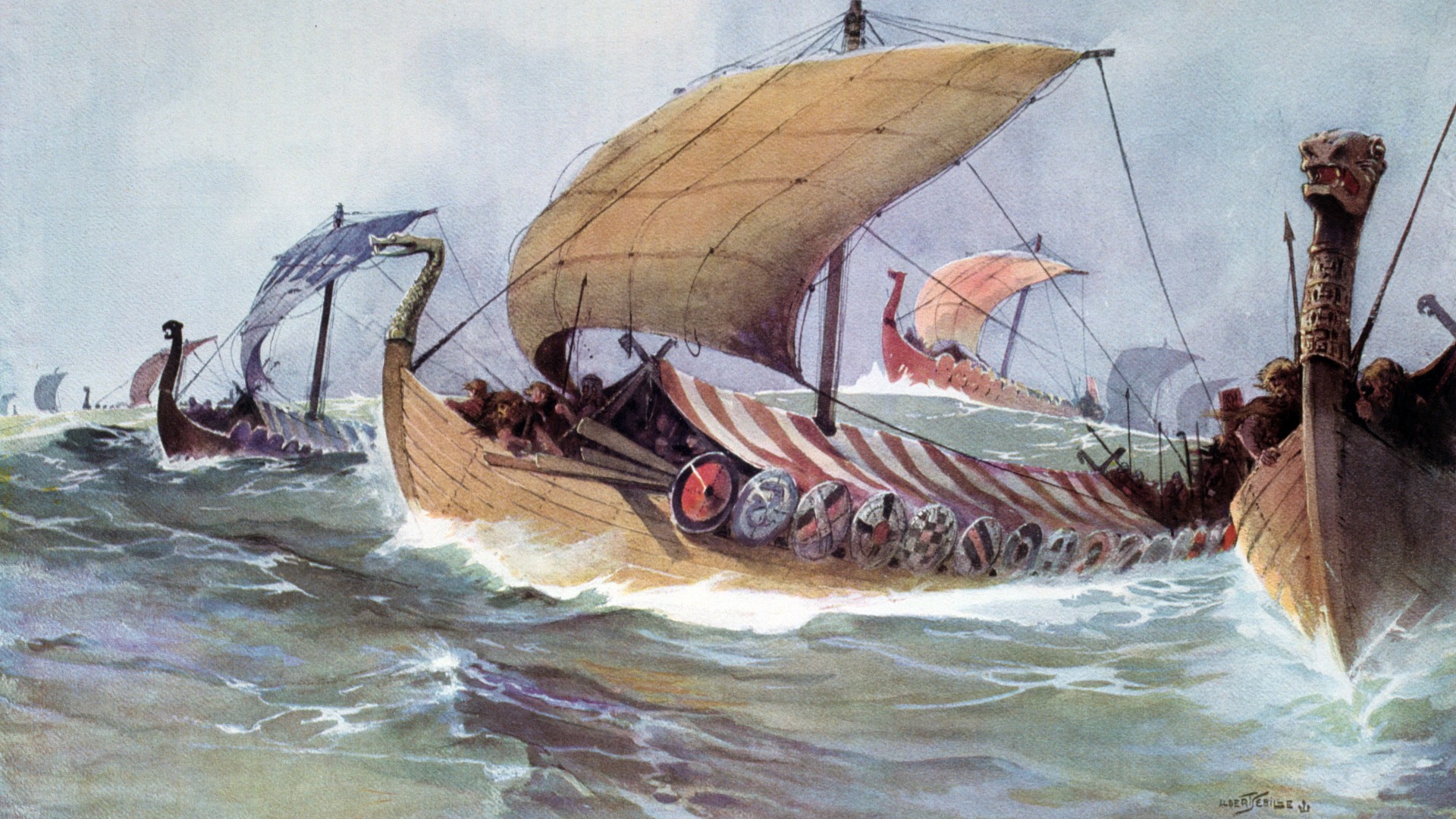
The Vikings explored, raided and traded across a vast area stretching from North America to the Middle East between roughly the late eighth and mid-11th centuries.
In Old Norse, the language the Vikings spoke, "a Viking was a sea-borne raider, and to go-a-viking was to undertake sea-borne raiding," Angus Somerville and Russell Andrew McDonald, both professors at Brock University in Canada, wrote in their book "The Vikings and Their Age" (University of Toronto Press, 2013). "The word is a job description but it applied only to a small minority of the population," as many people in Scandinavia would not have taken part in raids.
Among those who did raid, "being a Viking was a part-time job since Viking expeditions were undertaken seasonally by small farmers, fishermen, merchants, chieftains, and aristocrats as a means of supplementing their income and winning fame," Somerville and McDonald wrote.
The word "Viking" was rarely mentioned in written sources during the time the Vikings were active. "It was not until the nineteenth century that the term passed into common English usage, where it has generally come to be used as a descriptor for the peoples of Scandinavia in the period from the late eighth to the eleventh centuries," Somerville and McDonald wrote.
The Vikings intermarried or otherwise had children with the people they encountered. This meant that some Vikings were not of entirely Scandinavian ancestry. A study published in the journal Nature in 2020 found that there was a lot of genetic diversity in coastal areas of Scandinavia. Despite the popular belief that Vikings had blond hair, the study found that many had brown hair.
The Viking Age
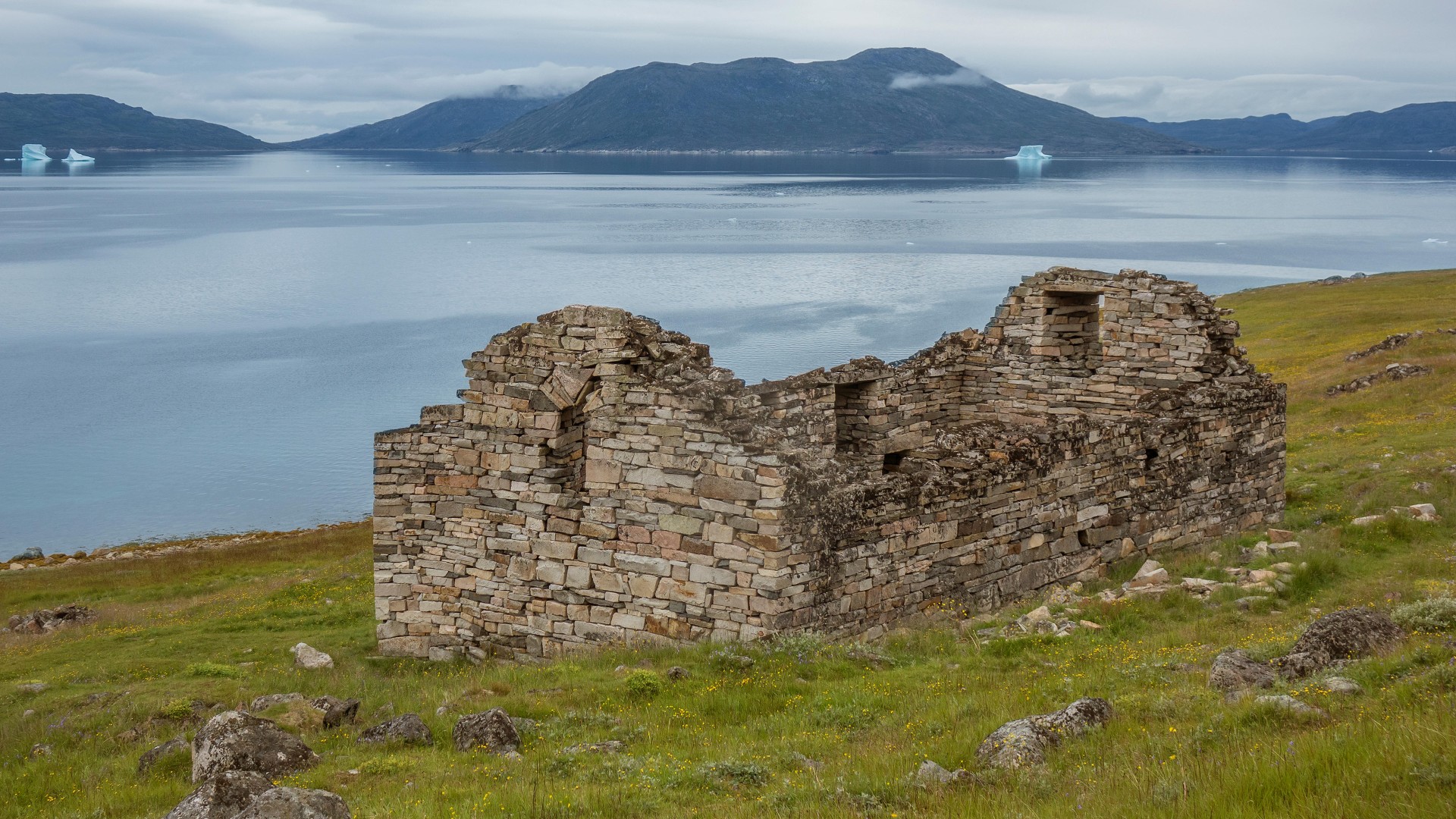
Modern-day historians use the term "Viking Age" to describe a period when the Vikings were expanding and launching raids. "The years 793 to 1066 are frequently cited as defining the period," Somerville and McDonald wrote, but these dates are subject to debate.
In 793, the Vikings raided a monastery on Lindisfarne, an island off the east coast of Britain. They killed people and made off with a substantial amount of loot. The year 1066 was when William the Conqueror successfully invaded England. He led the Normans, a people who included Viking descendants.
Although the Vikings originated in Scandinavia, they traveled to and lived across a vast area. The most distant western outpost known today is at L'anse aux Meadows, on the northern tip of Newfoundland in North America. While this outpost may have been in use for only a short time, there were Viking colonies on the western shore of Greenland that were used for centuries.
The Vikings also traveled to the Middle East, reaching Constantinople and Baghdad by the 830s, John Haywood, an independent researcher, wrote in his book "Northmen: The Viking Saga, AD 793-1241" (Thomas Dunne Books, 2015).
In Eastern Europe, Vikings conquered settlements and formed a state called Rus in the ninth century, Haywood noted. They would unsuccessfully lay siege to Constantinople in 860.
Who were the Vikings' main gods/mythology?
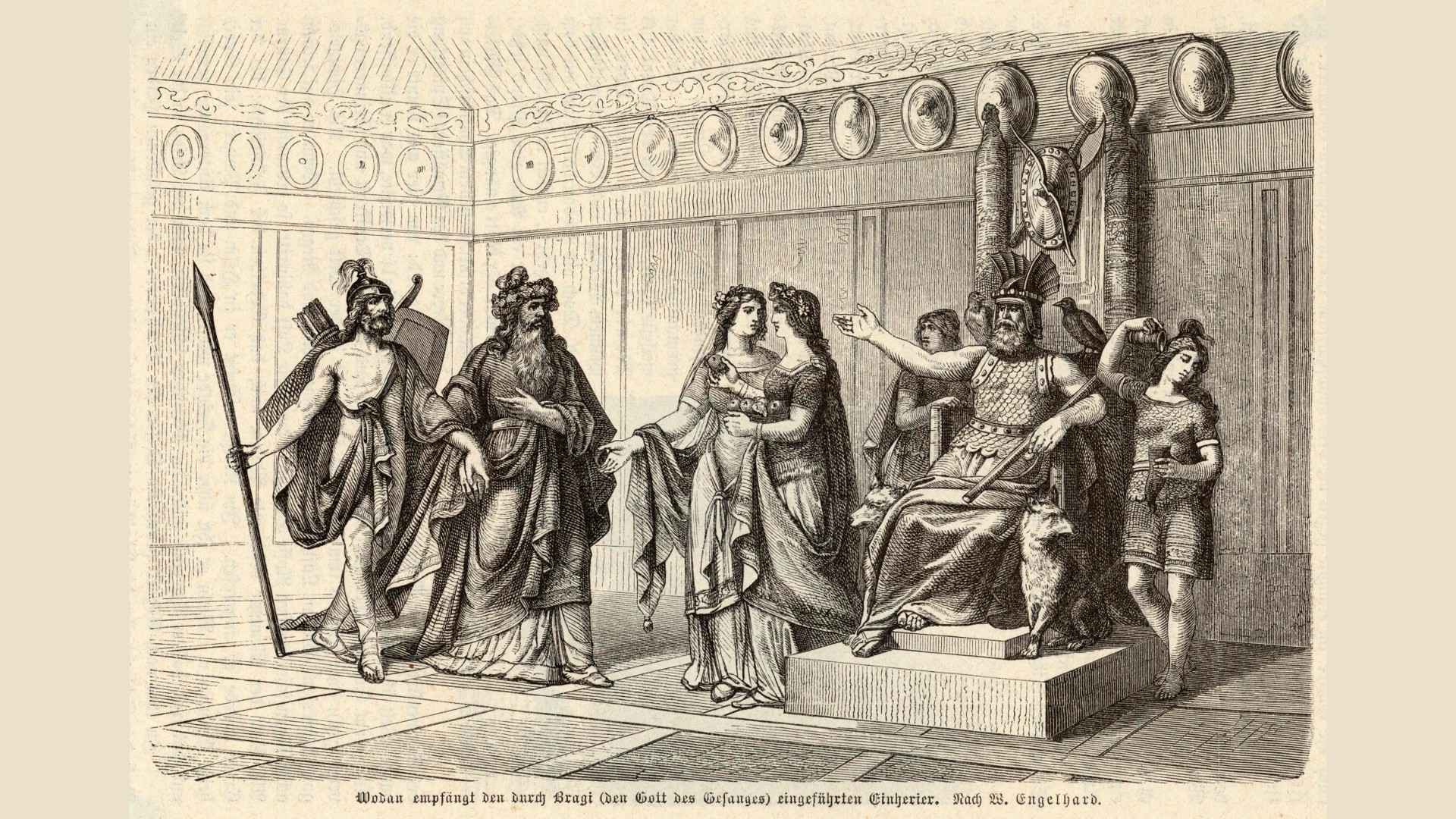
"The pantheon of Norse gods contains at least two tiers — the superior aesir and the lesser vanir," Sæbjørg Walaker Nordeide, who was a medieval history professor at the University of Bergen in Norway, and Kevin Edwards, an emeritus professor of physical geography at the University of Aberdeen in Scotland, wrote in their book "The Vikings" (Arc Humanities Press, 2019). The Vanir includes the deities Freyja, Freyr and Njörðr, while the Aesir includes Odin and his son Baldur.
"The two groups are constantly at war, which maintains an equilibrium," Nordeide and Edwards wrote, noting that there were also intermarriages and relationships between the groups, such as between Odin and Freyja. In addition to these two pantheons, there were also mythological creatures, such as the Jötnar, who were in conflict with the gods.
There was also a belief in Ragnarök, a world-ending event in which a being named Surtr would kill the gods and engulf the world in flames. In the ninth century, there was a volcanic eruption in Iceland, and the inhabitants may have believed that Ragnarök was taking place. They built a boat-shaped structure out of rock in a cave and burned animal bones, possibly in an attempt to strengthen Freyr, a Viking fertility god who fought Surtr, archaeologists found.
Viking culture
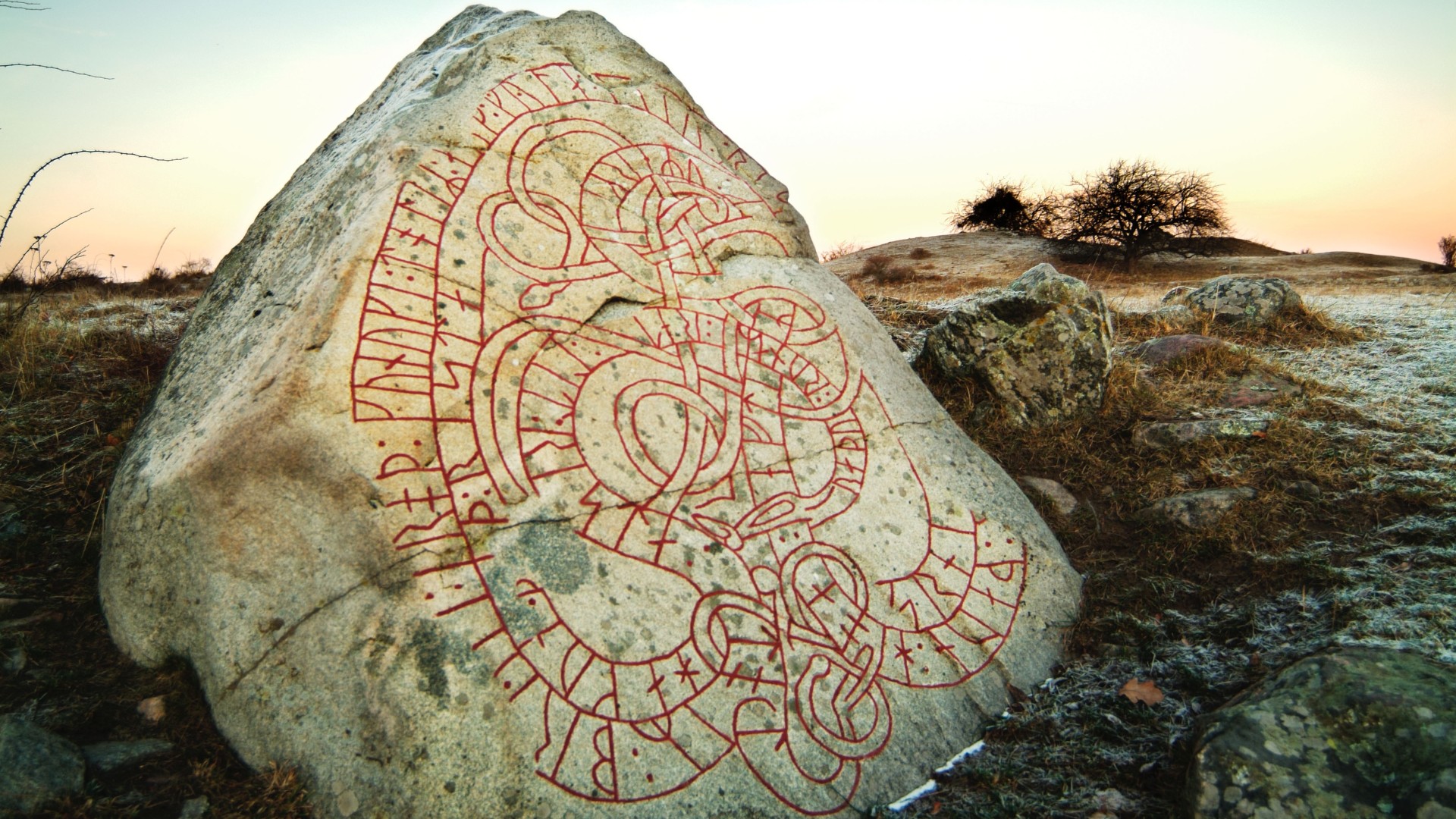
Contrary to popular belief, the Vikings did not wear horned helmets, Steve Ashby, a senior lecturer at the University of York in the U.K., and Alison Leonard, an independent researcher, wrote in their book "Vikings" (Thames & Hudson, 2018). A complete helmet from Gjermundbu, Norway, has a number of composite iron sections.
The Vikings had a writing system. "During most of the Viking Age, writing in Scandinavia consisted mainly of simple, short inscriptions [called runes] on stone, bone, or wood," Nordeide and Edwards wrote, noting that literacy among the Vikings was likely low.
Elite members of Viking society were sometimes buried in boats. "Boat graves would seem to have held special significance for the Scandinavian countries," Nordeide and Edwards wrote.
Viking ships
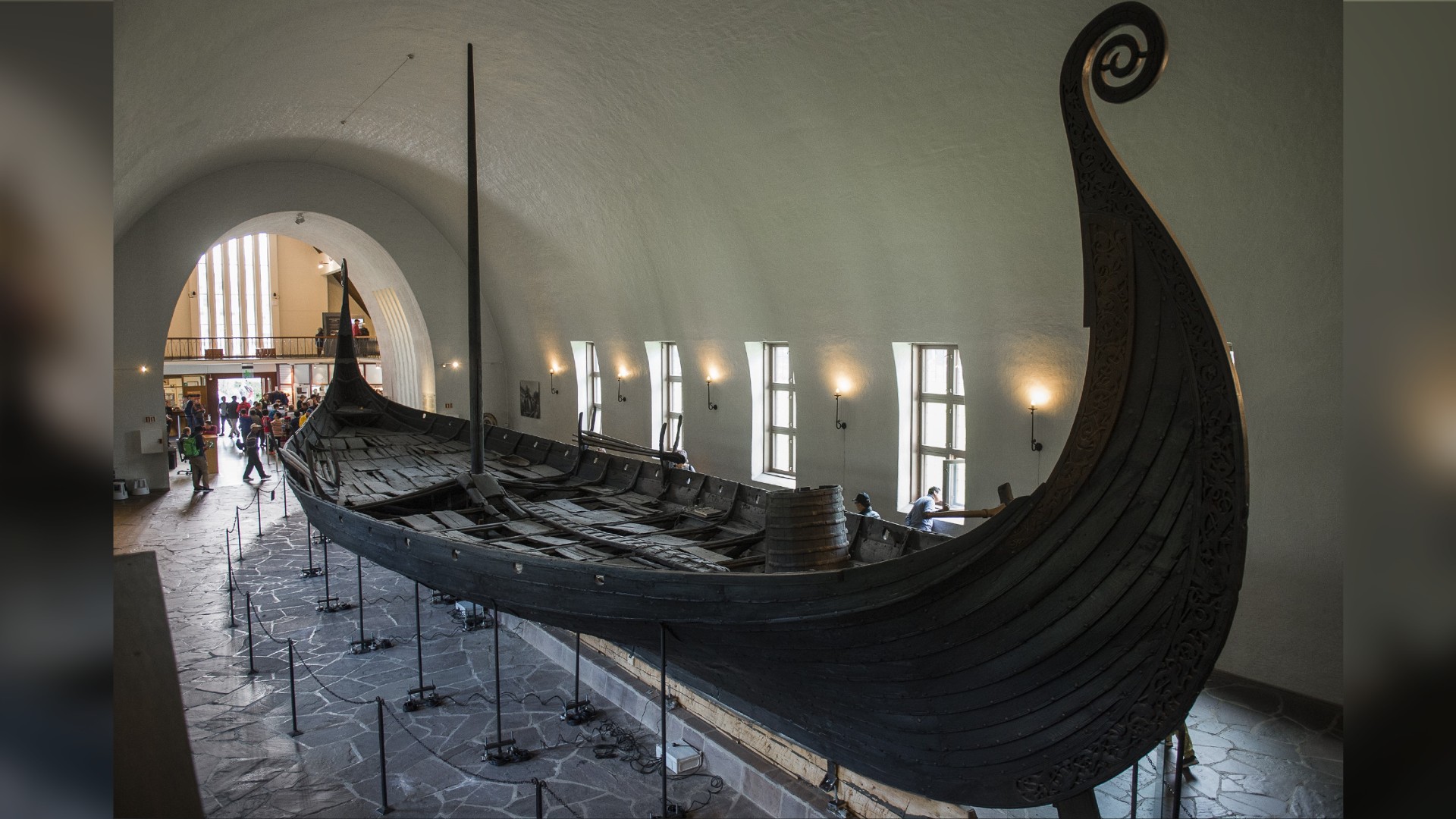
"The real secret to the Vikings' success was their mobility" by sea, Haywood wrote, noting that it was faster to travel by water than on land. "Viking longships had only a shallow draught so a raiding fleet could make a landing almost anywhere on the open coast or penetrate far inland on rivers," Haywood wrote. This meant the Vikings could select weak points to attack and bypass strongpoints.
To build ships, the Vikings applied "iron rivets to join long planks produced by a radial splitting of logs," Nordeide and Edwards wrote. "The bottom planks were fastened to the keel, each plank of the hull overlapping the rest, fastened with rivets to each other and to the stem-posts."
In the early ninth century, Viking ships started to incorporate large sails. "Reconstruction of a sail, using techniques and the wool from old breeds of sheep, has suggested that the fibre from five hundred animals was needed to produce an average sail," Nordeide and Edwards wrote.
The dimensions of ships used for raiding likely varied, Haywood wrote, noting that a ship found at Gokstad, Norway, that dates to between 850 and 900 is 76.5 by 17 feet (23 by 5 meters) and has 16 pairs of oars.
The end of the Viking Age
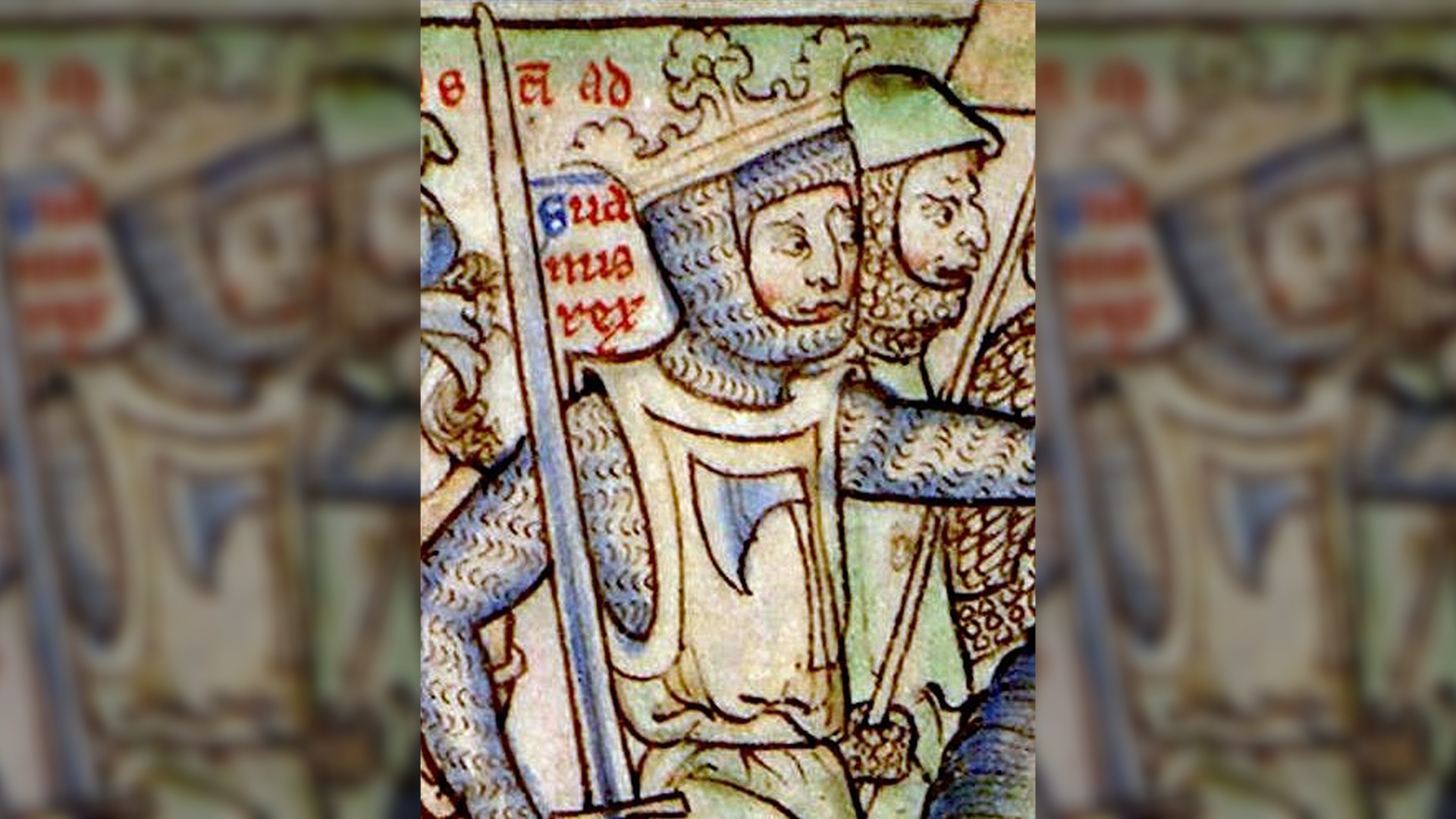
As time went on, more Vikings converted to Christianity. However, raids in England continued. In the 11th century, "Danish armies led by Sweyn Forkbeard were still in full Viking mode: plundering, burning and demanding tribute from the Anglo-Saxons," Ashby and Leonard wrote. Forkbeard became king of Denmark in 986 and king of England in 1013.
While some scholars consider William the Conqueror's 1066 conquest of England the end of the Viking Age, the descendants of the Vikings lived on. Today, the Vikings are frequently the subject of popular TV shows, books and movies.
Additional resources
Parks Canada has more information on L'Anse aux Meadows, including how to visit the site. The National Museum of Denmark examines the Viking Age in detail. In Oslo, Norway, a new Museum of the Viking Age is under construction, and the museum's website describes its collection.
Sign up for the Live Science daily newsletter now
Get the world’s most fascinating discoveries delivered straight to your inbox.

Owen Jarus is a regular contributor to Live Science who writes about archaeology and humans' past. He has also written for The Independent (UK), The Canadian Press (CP) and The Associated Press (AP), among others. Owen has a bachelor of arts degree from the University of Toronto and a journalism degree from Ryerson University.










